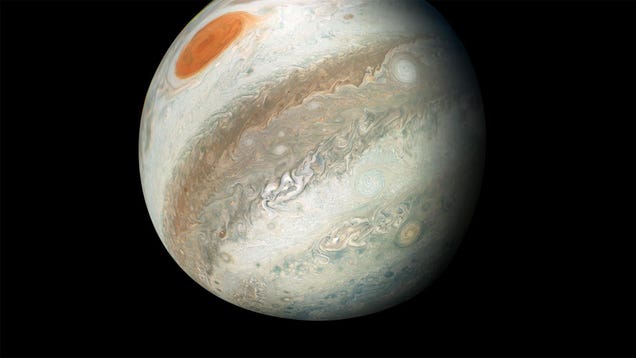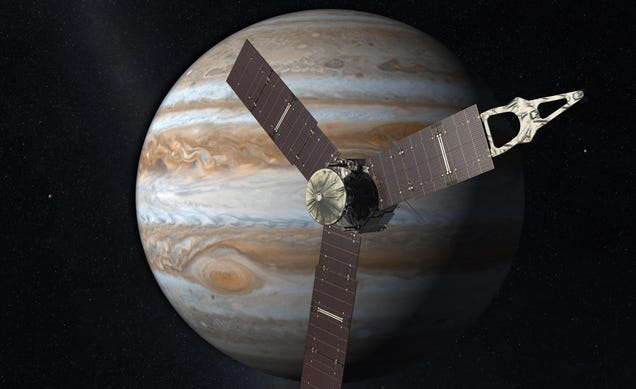
A group of radio telescopes in the Chilean desert was aimed at a young star system 400 light years away when it detected something unusual: a cloud of debris chasing a planet along the same orbit. The debris could be a planet in the midst of being born or the remains of one that already exists, making this the first…


